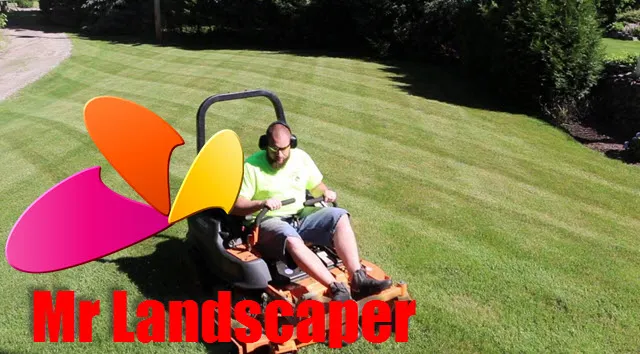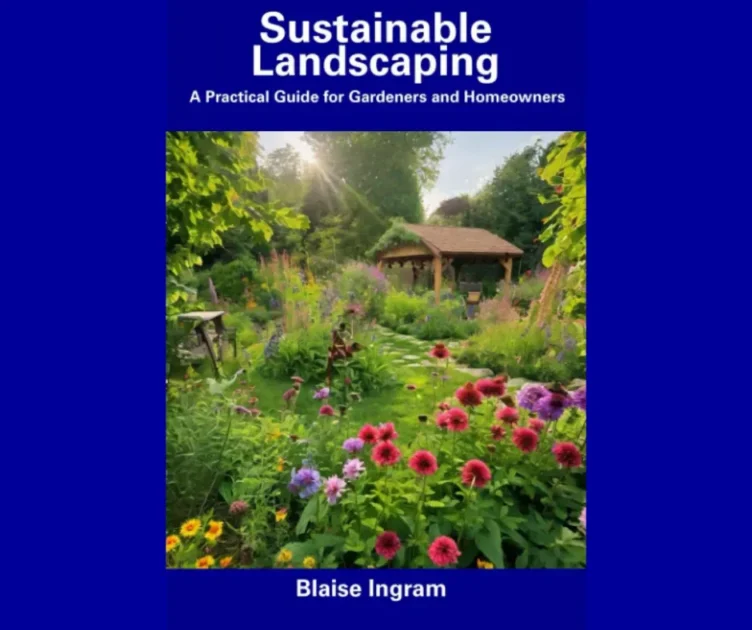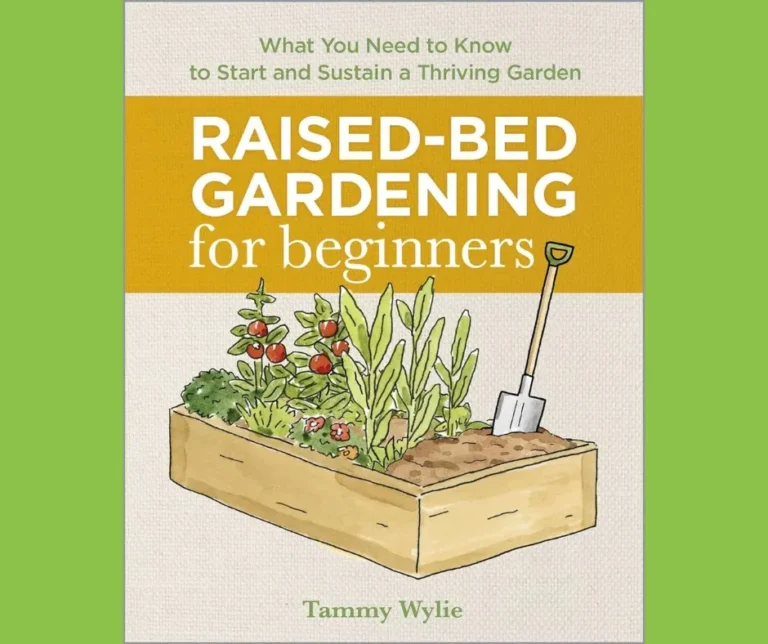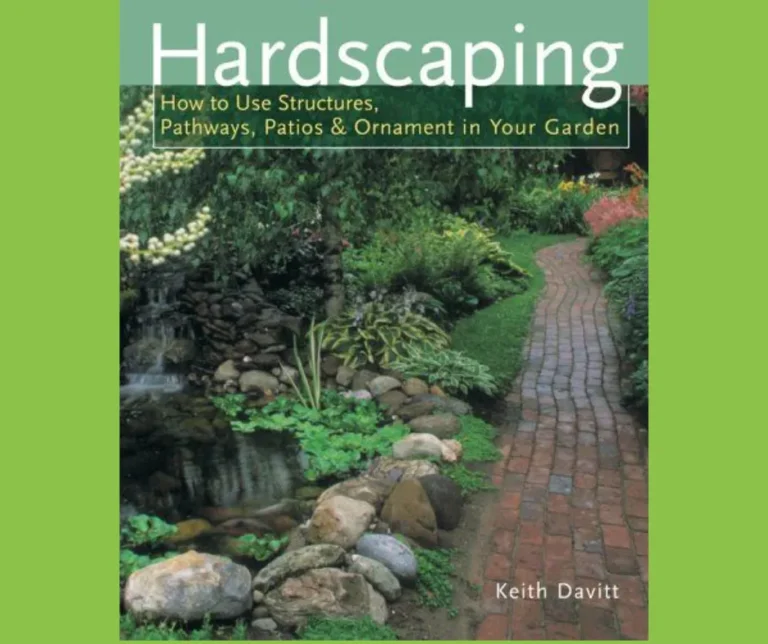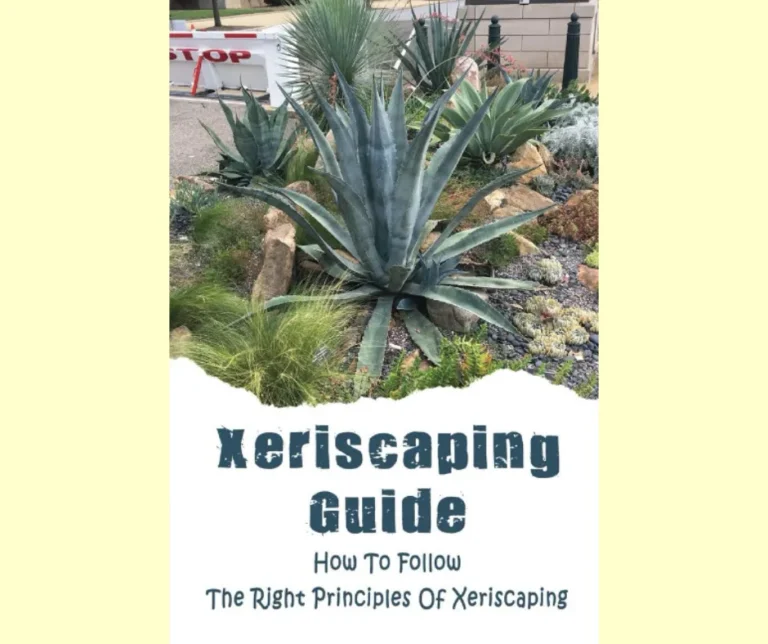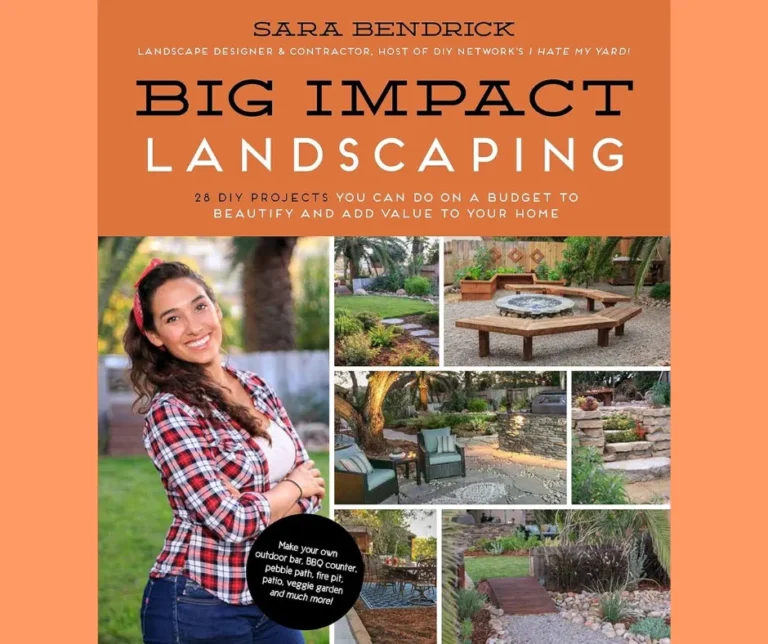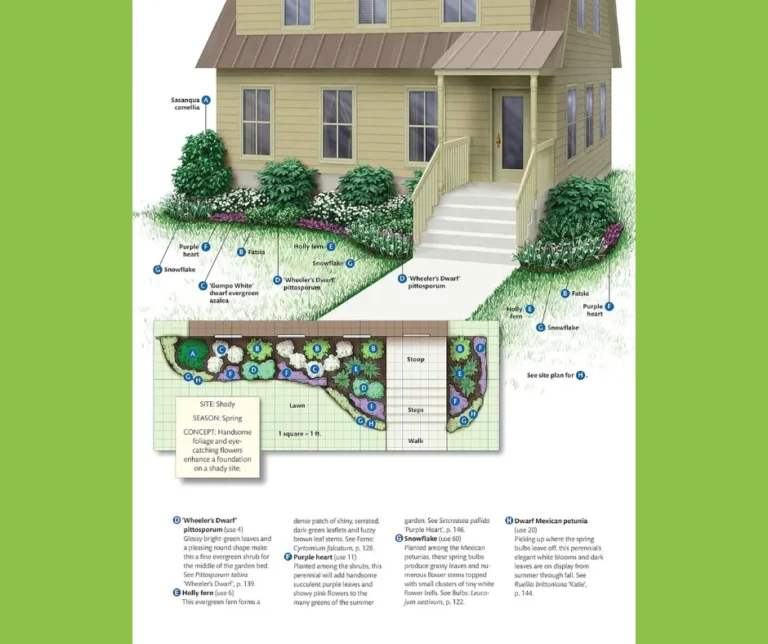Sustainable Eco-Friendly Landscaping 101
Are you looking to transform your outdoor space into a beautiful and functional area while also reducing your environmental impact?
Look no further than Sustainable Eco-Friendly Landscaping 101.
In this article, we will guide you through the basics of sustainable landscaping and provide you with practical tips on how to create an eco-friendly outdoor space that not only benefits the environment but also enhances the beauty of your home.
From choosing native plants and implementing water conservation techniques to incorporating natural materials and promoting biodiversity, we will cover everything you need to know to turn your outdoor space into a sustainable oasis.
Whether you are a seasoned gardener or a beginner, this article is for you.
So, put on your gardening gloves and let’s dive into the world of sustainable landscaping – 101 style.
Table of Contents Sustainable Eco-Friendly Landscaping 101
Choose native plants for efficiency
One of the key principles of sustainable landscaping, as outlined in the guide “Sustainable Landscaping 101: Transforming Your Outdoor Space the Eco-Friendly Way,” is to choose native plants for efficiency.
Native plants are those that naturally occur in a particular region and have adapted to the local climate, soil conditions, and wildlife.
By incorporating native plants into your landscape design, you can significantly improve its efficiency and reduce the need for excessive watering, fertilization, and pest control.
Native plants have already adapted to the local conditions, making them more resilient and less demanding in terms of maintenance.
Additionally, they provide essential habitat and food sources for local wildlife, fostering a healthy and balanced ecosystem.
By consciously selecting native plants for your outdoor space, you can create a sustainable and eco-friendly landscape that not only conserves resources but also enhances the natural beauty of your surroundings.
Implement water-saving irrigation systems
To further enhance the water efficiency of your sustainable landscape, another effective strategy outlined in “Sustainable Landscaping 101: Transforming Your Outdoor Space the Eco-Friendly Way” is the implementation of water-saving irrigation systems.
By utilizing these innovative systems, you can optimize water usage while ensuring that your plants receive the necessary hydration.
Drip irrigation, for example, is a technique that delivers water directly to the plant’s root zone, minimizing water loss through evaporation and runoff.
Another option is installing a smart irrigation system that uses weather data and soil moisture sensors to adjust watering schedules accordingly.
These advanced systems not only conserve water but also reduce utility costs and promote healthier plant growth.
By incorporating water-saving irrigation systems into your sustainable landscape, you are taking a proactive step towards environmental responsibility and contributing to a greener future.
Use natural mulch to conserve
One essential element of sustainable landscaping, as emphasized in “Sustainable Landscaping 101: Transforming Your Outdoor Space the Eco-Friendly Way,” is the utilization of natural mulch.
By incorporating natural mulch into your garden beds and around trees, you can effectively conserve water and promote a healthier ecosystem.
Natural mulch acts as a protective layer, helping to retain moisture in the soil by reducing evaporation.
This, in turn, reduces the need for frequent watering, resulting in water conservation.
Furthermore, natural mulch acts as a barrier against weeds, minimizing the need for harmful chemical herbicides.
It also helps regulate soil temperature and prevents erosion, contributing to the overall sustainability of your landscape.
By incorporating natural mulch, you are not only conserving water but also creating a visually appealing and eco-friendly outdoor space.
Reduce chemical usage for sustainability
Another crucial aspect of sustainable landscaping, outlined in “Sustainable Landscaping 101: Transforming Your Outdoor Space the Eco-Friendly Way,” is the reduction of chemical usage.
By minimizing the use of synthetic pesticides, herbicides, and fertilizers, you can play a significant role in preserving the environment and promoting a healthier ecosystem.
Instead, opt for organic and natural alternatives that are less harmful to the environment and human health.
For example, consider using compost or organic fertilizers to nourish your plants and maintain soil fertility.
Integrated pest management techniques can also be employed to control pests without resorting to chemical interventions.
By reducing chemical usage, you not only contribute to the sustainability of your outdoor space but also create a safer and more sustainable environment for wildlife and future generations.
Create a pollinator-friendly environment
To further enhance the eco-friendliness of your outdoor space, it is essential to create a pollinator-friendly environment.
By providing a welcoming habitat for bees, butterflies, hummingbirds, and other pollinators, you can contribute to the preservation of our vital ecosystems.
To attract these beneficial creatures, include a variety of native plants in your landscaping design.
Native plants have evolved alongside local pollinators and offer a reliable source of nectar and pollen.
Additionally, avoid using pesticides that can harm pollinators and opt for natural pest control methods instead.
Incorporating features like shallow water sources and nesting materials can also support the needs of these important visitors.
By prioritizing pollinator-friendly practices, as outlined in “Sustainable Landscaping 101: Transforming Your Outdoor Space the Eco-Friendly Way,” you can create a vibrant and sustainable ecosystem in your own backyard.
In conclusion, implementing sustainable landscaping practices in your outdoor space not only benefits the planet, but it also adds value to your property and creates a healthier and more enjoyable environment for you and your family.
By following the tips and techniques discussed in this post, you can easily transform your outdoor space into a sustainable and eco-friendly oasis.
Remember to always consider the environment when making landscaping decisions and make small changes that will have a big impact on the planet.
With a little effort and dedication, you can create a beautiful and sustainable outdoor space that you can be proud of.
FAQ
What are some key principles of sustainable landscaping that can be applied to transform an outdoor space into an eco-friendly environment?
To create an eco-friendly outdoor space, you can apply several key principles of sustainable landscaping.
First, prioritize native plants that are adapted to your region’s climate and require less water and maintenance.
Second, incorporate efficient irrigation systems like drip irrigation to minimize water waste.
Third, opt for organic fertilizers and pest control methods to avoid harmful chemicals.
Fourth, use permeable materials for paths and driveways to reduce water runoff.
Fifth, create habitats for local wildlife by including bird feeders, nesting boxes, and native plants that attract pollinators.
Lastly, consider incorporating renewable energy sources like solar-powered lights.
By following these principles, you can transform your outdoor space into an eco-friendly environment.
How can homeowners incorporate native plants into their landscaping to promote biodiversity and reduce water consumption?
To incorporate native plants into your landscaping and promote biodiversity while reducing water consumption, begin by researching which native plants thrive in your region.
Replace non-native plants with native species that are adapted to the local climate and require less water.
Create a diverse mix of plants, including trees, shrubs, and groundcovers, to attract a variety of wildlife.
Mulch the soil to retain moisture and suppress weeds.
Consider creating a rain garden or using rain barrels to collect and reuse water.
By choosing native plants, you can create a beautiful landscape that supports local ecosystems and conserves water.
What are some effective strategies for conserving water in outdoor spaces, such as rainwater harvesting or installing drip irrigation systems?
To effectively conserve water in your outdoor spaces, consider implementing strategies like rainwater harvesting and installing drip irrigation systems.
By collecting rainwater in barrels or tanks, you can use it to water your plants instead of relying solely on freshwater sources.
This not only reduces water waste but also helps plants thrive due to the absence of harsh chemicals often found in tap water.
Additionally, installing drip irrigation systems allows for targeted watering directly at the plant’s root zone, minimizing evaporation and ensuring efficient water usage.
These strategies not only conserve water but also promote sustainable and eco-friendly practices in maintaining your outdoor spaces.
How can the use of organic fertilizers and natural pest control methods contribute to a sustainable landscaping approach?
By utilizing organic fertilizers and natural pest control methods, you can contribute to a sustainable landscaping approach.
With organic fertilizers, you avoid harmful chemicals that can contaminate soil and water sources.
Additionally, these fertilizers promote soil health by providing essential nutrients and improving its structure.
Natural pest control methods, such as companion planting and beneficial insects, help control pests without relying on toxic pesticides.
This approach maintains a healthy ecosystem and avoids harm to beneficial insects and organisms.
Overall, by implementing organic fertilizers and natural pest control methods, you can create a sustainable landscape that is eco-friendly and promotes long-term environmental health.
What are some practical tips for creating a wildlife-friendly garden that attracts beneficial insects, birds, and other animals while maintaining a balanced ecosystem?
To create a wildlife-friendly garden that attracts beneficial insects, birds, and other animals while maintaining a balanced ecosystem, you should consider a few practical tips.
First, plant a variety of native plants that provide food and shelter for wildlife.
Secondly, avoid using pesticides and instead opt for natural pest control methods like companion planting.
Additionally, provide water sources such as birdbaths or small ponds for animals to drink from.
Furthermore, create different habitat areas like woodpiles or brush piles to attract a diverse range of wildlife.
Lastly, minimize artificial lighting at night to preserve the natural behavior of nocturnal animals.
